|Slideshows|May 17, 2018
- Vol. 164 No. 5
- Volume 164
- Issue 5
Five Ways the New Merck Differs from the 1899 Edition
Author(s)Valerie DeBenedette
Now in its 20th edition, the ultimate medical guide looks (and weighs) a lot different than it did over 100 years ago.
Advertisement
Articles in this issue
over 7 years ago
Top Ways Pharmacists’ Roles Are Changingover 7 years ago
Small Doses News for Pharmacists May 2018over 7 years ago
Ramadan, Medications, and the Pharmacistover 7 years ago
Are There Too Many Pharmacists?over 7 years ago
It's Time for Pharmacists to Carve Out a New Roleover 7 years ago
It's Time to Rethink Pharmacy Tech Staffingover 7 years ago
Four Ways to Help Pharmacy Technicians Improve Job Performanceover 7 years ago
Ibalizumab-uiyk (Trogarzo) for Multi-Drug-Resistant HIV-1over 7 years ago
Why I Became a Board-Certified Geriatric Pharmacistover 7 years ago
Drug Makers Find New Ways to Thwart Generic CompetitionNewsletter
Pharmacy practice is always changing. Stay ahead of the curve with the Drug Topics newsletter and get the latest drug information, industry trends, and patient care tips.
Advertisement
Latest CME
Advertisement
Advertisement
Trending on Drug Topics
1
Pharmacists Can Play Central Role in Patients’ Infusion Services | ASHP Midyear 2025
2
Women Seek Holistic Interventions for Improving Health Outcomes
3
FDA Expands Approval of Flibanserin for Postmenopausal Women’s Sexual Health
4
What TrumpRx Means for Independent Pharmacies and Their Patients
5





























































































































